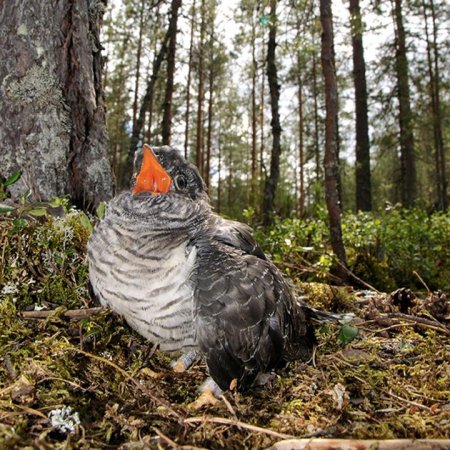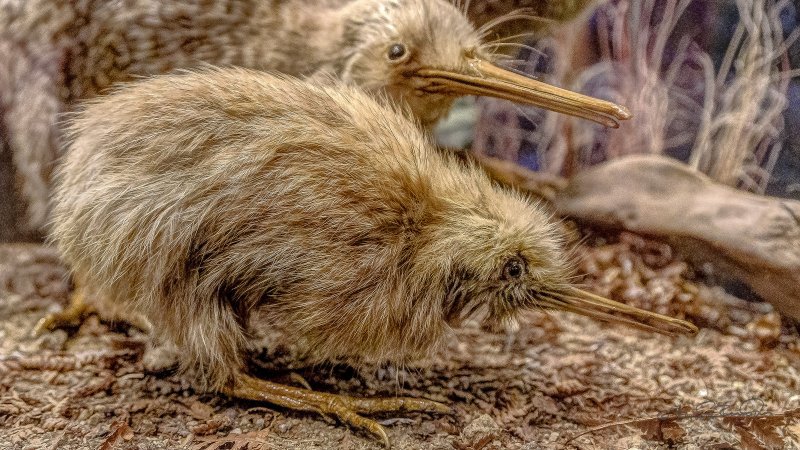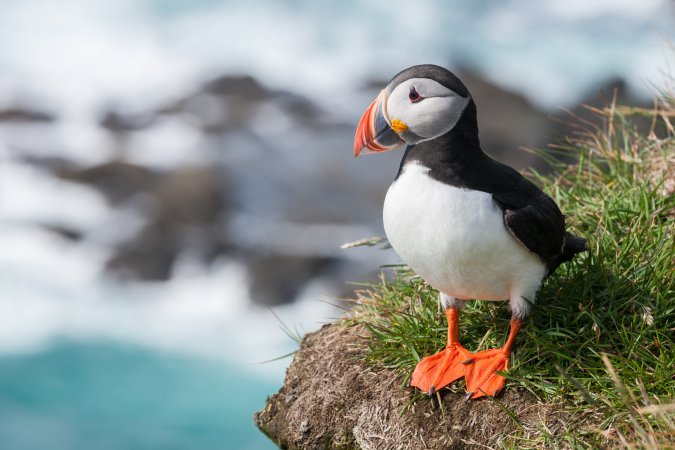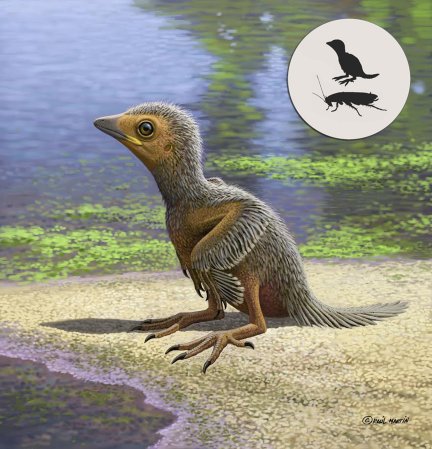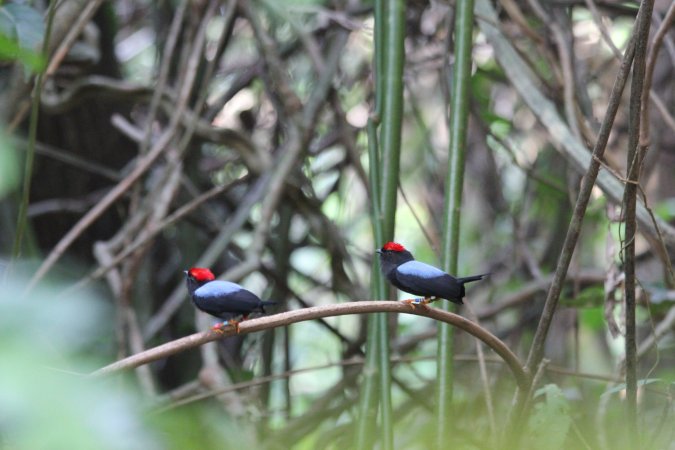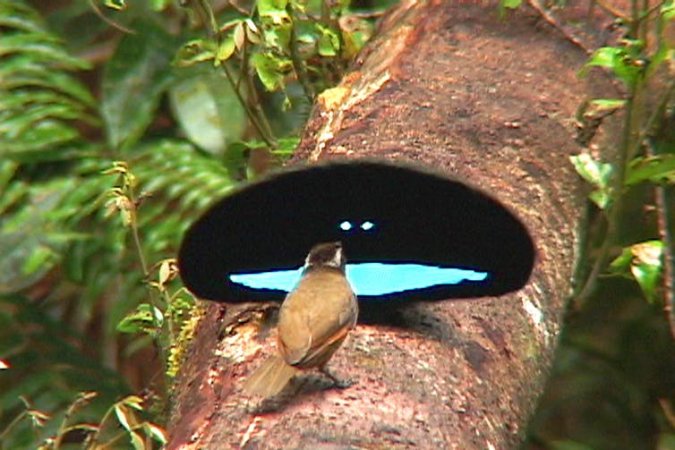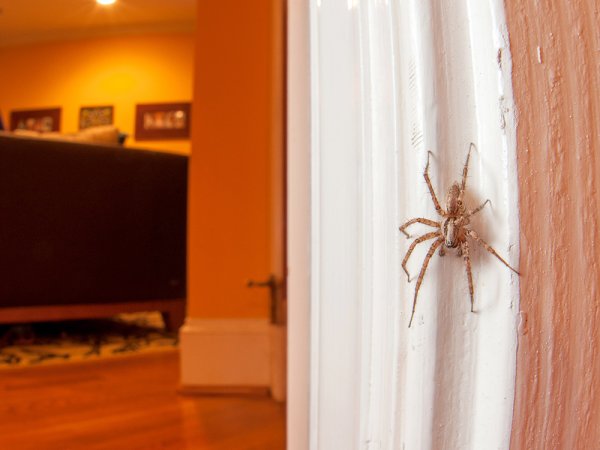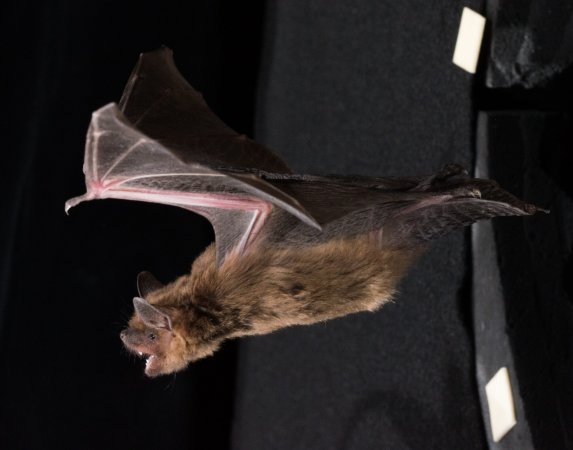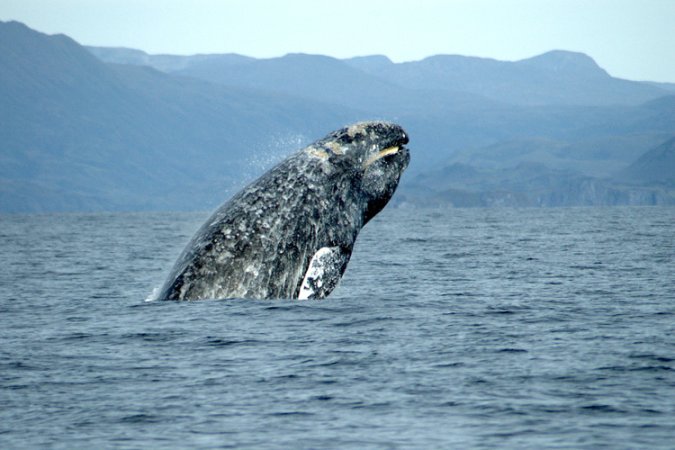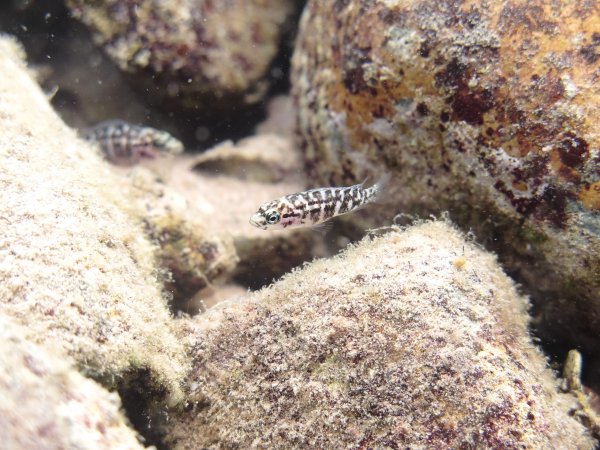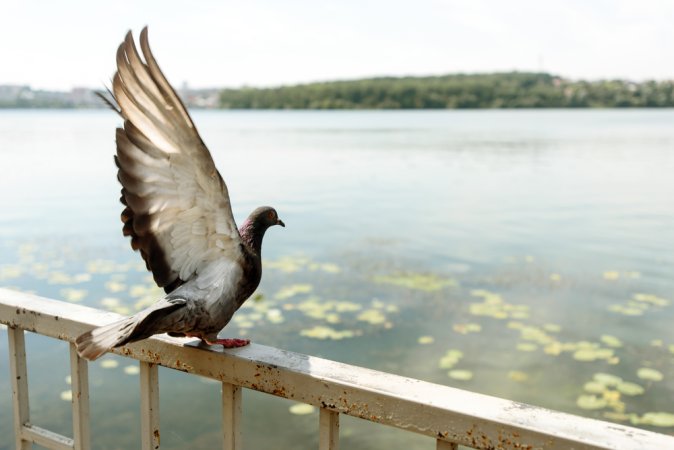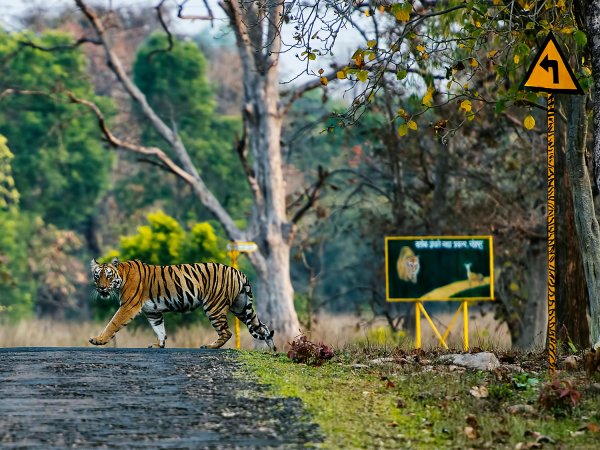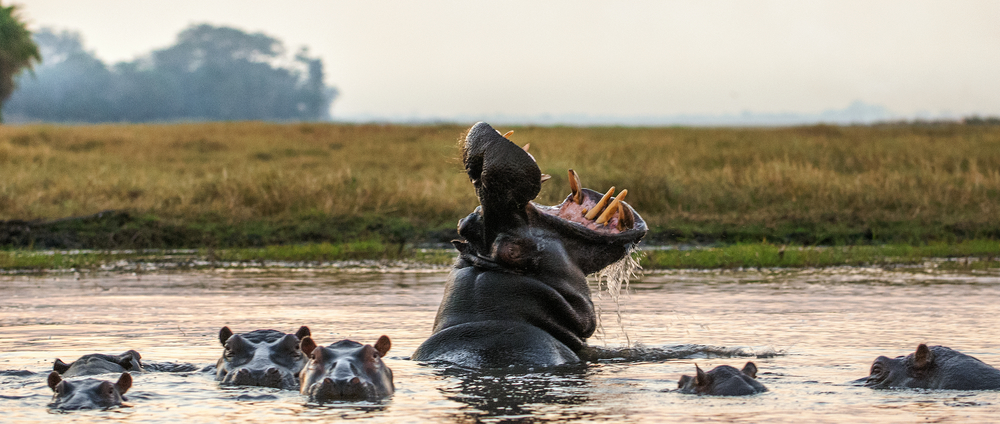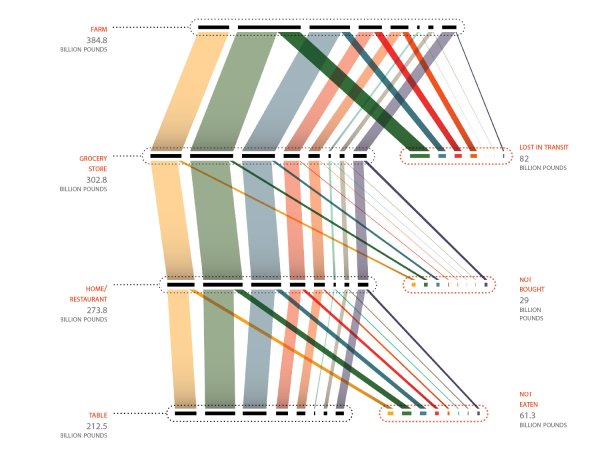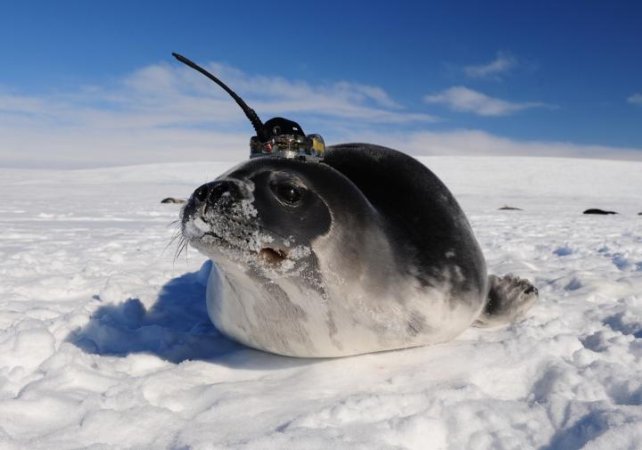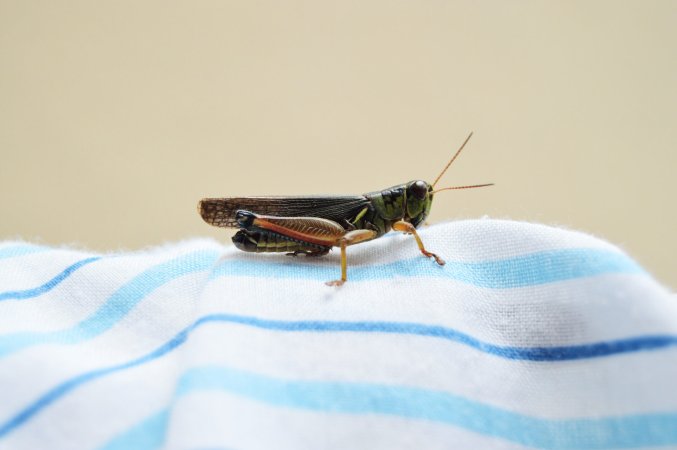

A father and son were in for a bit of a shock this past Saturday when they discovered an unlikely stowaway that had traveled with them all the way from Las Vegas to Maine. The intruder, a greater roadrunner, had spent four days in their rental van without giving itself away.
After the duo, Gary and Brian, discovered the roadrunner while unpacking, they contacted their local police department in Westbrook, Maine, who put them in touch with wildlife specialists at Avian Haven, a bird rehabilitation facility. A volunteer came to help the family wrangle the animal and safely transport it to the center, where it was fed and placed in a more temperature controlled setting. Desert-adapted roadrunners aren’t exactly suited for fall in Maine, so experts are attempting to bring the bird back to its original home.
[Related: How to help an injured bird]
Despite the four-day van trip, the bird wasn’t too worse for wear, according to Avian Haven’s Facebook posts. The specialists did note the individual’s small size and low weight, which could indicate that it’s female, or just that it didn’t get enough nutrients for half a week.

Of course, the usual method of travel for roadrunners isn’t in a moving vehicle—they typically zoom around on two legs, despite having the ability to fly. These creatures, found in southern desert areas as far west as California and as far east as Louisiana, can apparently reach speeds of up to 20 miles an hour on the ground. Some reports put them even faster at 26 miles per hour, which is only a mile an hour slower than superstar sprinter Usain Bolt at his peak. Plenty of animals are quick runners, like cheetahs and ostriches, but roadrunners have the benefit of a small stature, leg length, and lean muscles to help them out. The birds achieve top velocity by moving parallel to the ground and using their tails as rudders to stay aerodynamic and make quick turns.
On their natural racing grounds, greater roadrunners have to contend with coyotes, one of their primary predators. Although the popular Looney Tunes cartoon “Wile E. Coyote and the Roadrunner” depicts the bird beating out the mammal, coyotes can actually much run faster than roadrunners, hitting speeds above 40 miles per hour.
For now, this hitchhiking roadrunner’s only threats are New England weather and another potential cross-country trip. Staffers at Avian Hill and the Maine Department of Inland Fisheries and Wildlife are working with contacts in Nevada to see if they can fly the bird to avoid another days-long car ride. Either way, the roadrunner should be happy to have the sand between its toes again.
